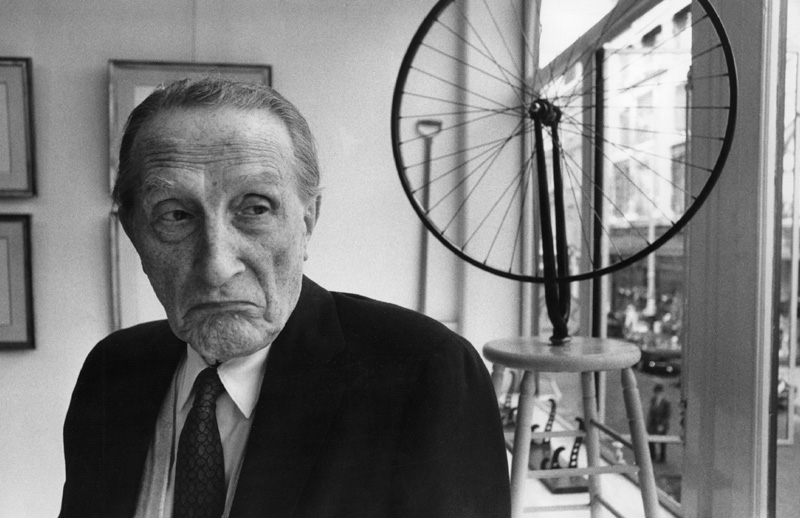Appropriation in the visual arts refers to the practice of artists borrowing, reusing, and transforming existing images, objects, or styles from other artists, cultures, or periods. This technique has been a significant aspect of artistic creation for centuries, often sparking both admiration and controversy
Historical Background and Context
The roots of appropriation in art can be traced back to ancient times when artists frequently drew inspiration from preceding cultures. For example, Roman artists often copied Greek sculptures, and Renaissance painters like Raphael and Michelangelo were known to study and emulate classical works. However, the modern concept of appropriation as a deliberate artistic strategy emerged in the early 20th century with movements like Dada and Surrealism.
Marcel Duchamp is one of the most notable early appropriators. His “readymades,” such as the infamous “Fountain” (a porcelain urinal signed “R. Mutt”), challenged traditional notions of art by presenting ordinary objects as art simply by placing them in a gallery context. This act of appropriation questioned the originality and authorship, themes that would continue to evolve throughout the century.

The Concept of Appropriation
Appropriation in art involves taking pre-existing objects or images and recontextualizing them to create new works. This process often involves a commentary on the original work, challenging its meaning, or placing it within a different narrative or cultural framework. The act of appropriation can highlight issues of originality, authorship, and the value of art.
Notable artists known for their use of appropriation include Andy Warhol, who famously reinterpreted commercial imagery such as Campbell’s Soup cans and portraits of Marilyn Monroe, and Sherrie Levine, who re-photographed works by other artists, such as Walker Evans’ iconic photographs, questioning the idea of ownership and authenticity.
Appropriation vs. Stealing: Richard Prince
The line between appropriation and theft is a contentious one, often defined by the context and intent behind the artwork. Appropriation is generally considered a legitimate form of artistic expression when it adds new meaning or commentary to the original work. However, when appropriation lacks transformative elements and merely replicates another artist’s work, it can cross into the territory of intellectual property theft.
Several high-profile legal cases have highlighted this distinction. In 2011, artist Richard Prince was sued by photographer Patrick Cariou for using Cariou’s photographs without significant transformation in his “Canal Zone” series. The court initially ruled against Prince, but on appeal, it was determined that most of Prince’s works made transformative use of the photos, constituting fair use.

However, his recent series “New Portraits” came under fire once more on the same issue of appropriation. Prince’s “New Portraits” series features large-scale inkjet-on-canvas prints of screenshots he took of other photographers’ Instagram posts, depicting comments Prince left under the images. Prince’s lawyers argued that adding the Instagram frame and comments, as well as the “intentional cropping of images in an homage to Andy Warhol” and “absurdly proportioned scale and Alice in Wonderland-dreamlike quality” transformed the context of the images. However, the judge was unconvinced, stating that Prince’s modifications were “both minimal and insufficient,” rather than transformative. The judge added that Prince’s attempt to cast the images as satire or parody failed, and that the artist’s purpose in creating these portraits had been inconsistent. (Source: Artnet)
The Validity of Appropriation as an Art Form
Is appropriation a valid art form? This question continues to provoke debate within the art community. Proponents argue that appropriation is a powerful tool for critique and commentary, enabling artists to engage with and reinterpret cultural symbols and icons. By recontextualizing existing works, artists can create dialogues about originality, consumerism, and the nature of art itself.
Critics contend that appropriation can sometimes be a lazy or exploitative practice, particularly when it fails to provide new insights or respects the original context. They argue that it can lead to ethical dilemmas, particularly when using culturally significant or sacred imagery without proper acknowledgment or understanding.
Appropriation in visual arts is a complex and multifaceted practice that has played a significant role in the evolution of modern and contemporary art. It challenges traditional notions of originality and authorship, prompting viewers to reconsider the boundaries of creativity and ownership. While appropriation can lead to legal and ethical controversies, it remains a vital and dynamic aspect of artistic expression, reflecting the ever-changing landscape of culture and society. As new forms of media and technology continue to emerge, the discourse around appropriation and its validity as an art form is likely to evolve, continuing to challenge and inspire artists and audiences alike.




